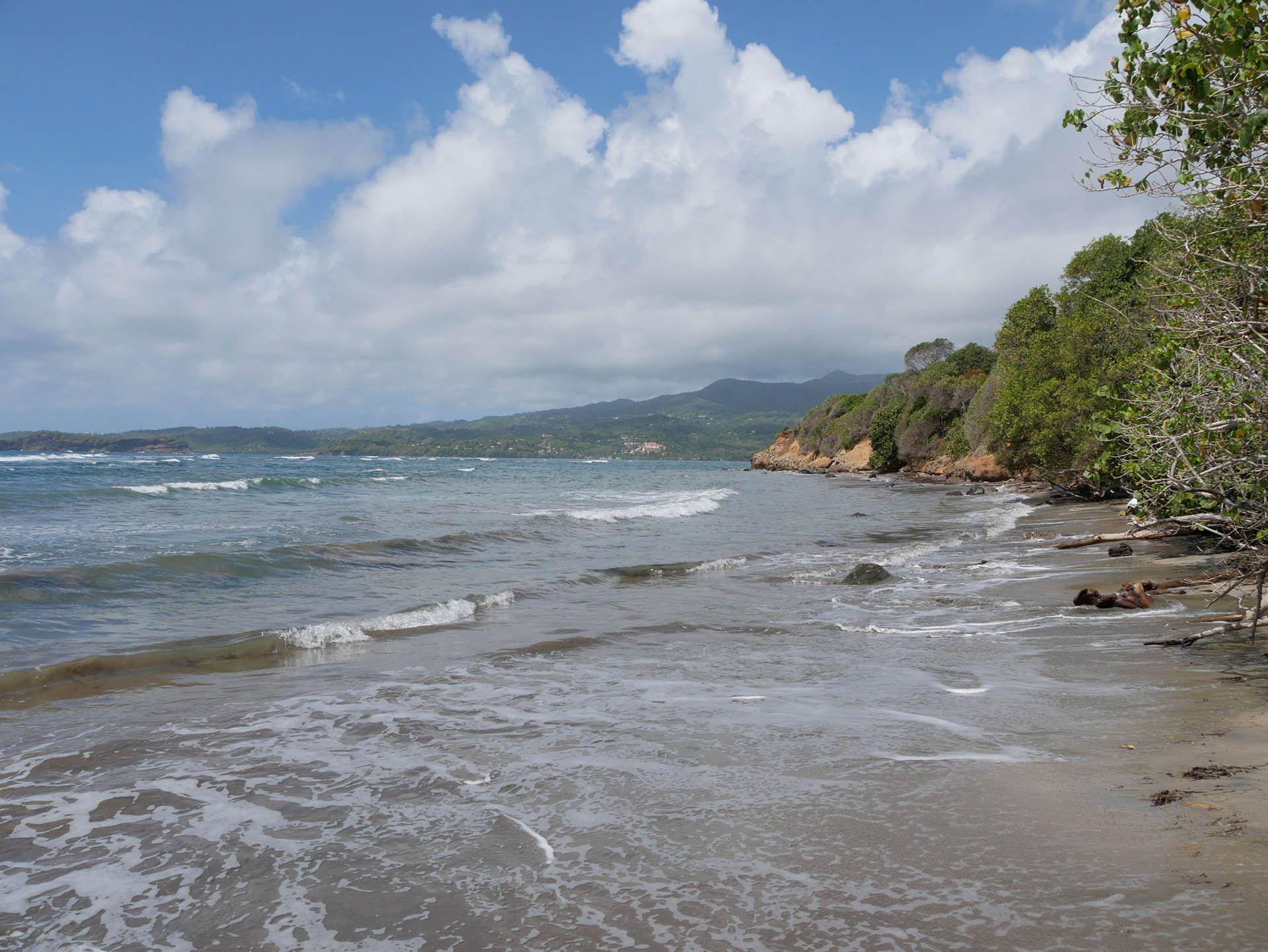
Defending the reef
An innovative approach to coastal resilience in Grenada that can be replicated by other small island states to protect and restore their marine and coastal ecosystems.
Achieving coastal resilience through innovation
We conducted a multi-year reef engineering and restoration project on the island of Grenada that will enhance the coastline’s resilience to climate change and strengthen its capacity for adaptation. The innovative, cost-effective approaches developed for this project can be replicated by other governments and small island states to protect and restore their marine and coastal ecosystems.
Impacts of climate change
Most of Grenada’s 100,000 inhabitants are concentrated on a coastal strip less than five meters (16 feet) above sea level in the municipalities of Grenville, Gouyave and St. George’s. Economic activities such as fishing, the farming of sea moss and tourism rely on the health of the marine and shoreline ecosystems.
The Northern Barrier Reef within Grenville Bay, off the shore of Telescope Beach, has deteriorated significantly over many years. Live coral cover on the reef now is well below 10 percent, the minimum necessary for a natural reef to maintain its level in the water column in the face of the constant erosional force of breaking waves. As a result, the first line of defense responsible for reducing wave energy arriving at Grenville Bay’s shores is unable to function as it should.
Rebuilding the reef
Our Grenville Bay plan developed nature-based solutions in the form of an offshore engineered reef and onshore living shoreline to reduce the coastal erosion and storm-related saltwater flooding affecting the Grenville and Telescope area in the northern section of Grenville Bay. To restore the wave-breaking function of the degraded reefs and encourage new coral growth in northern Grenville Bay, the artificial reef was designed to recruit coral and provide habitat for other reef-dwelling organisms. The submerged breakwater design elements were chosen to make it easier to install using local materials and labor. The team created a phased construction and coral placement approach that considered seasonal resource and labor availability, coral spawning cycles and impacts to the local community.
Developing a scalable solution
Following a pilot study of structure effectiveness for wave energy reduction and coral recruitment, we provided a cost benefit analysis comparing the use of engineered grey infrastructure versus the use of locally built, Engineered Design Green Infrastructure (EDGI). A core goal of the project was to use ecosystem-based adaptation (EbA) or nature-based solutions (NbS) as alternatives to traditional grey infrastructure. This scalable solution can be replicated by other Small Island Developing States (SIDS) facing similar issues as a model for climate change adaptation in coastal zones.